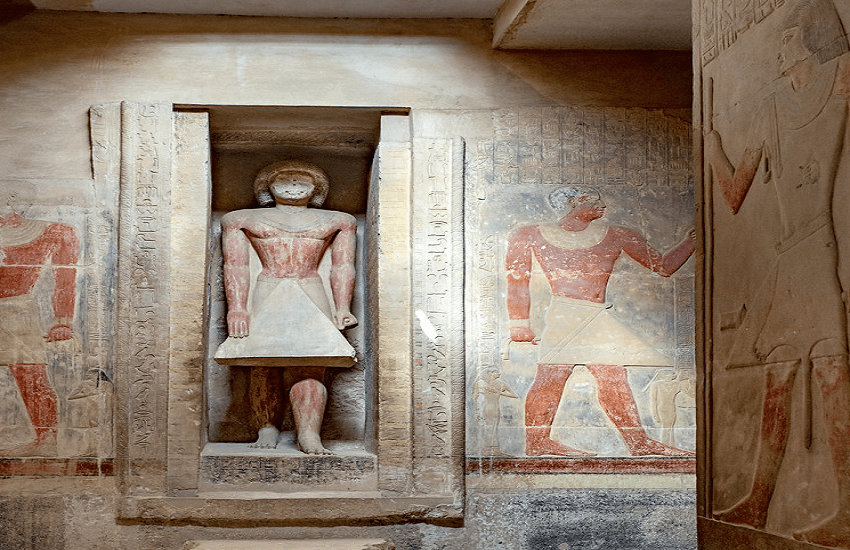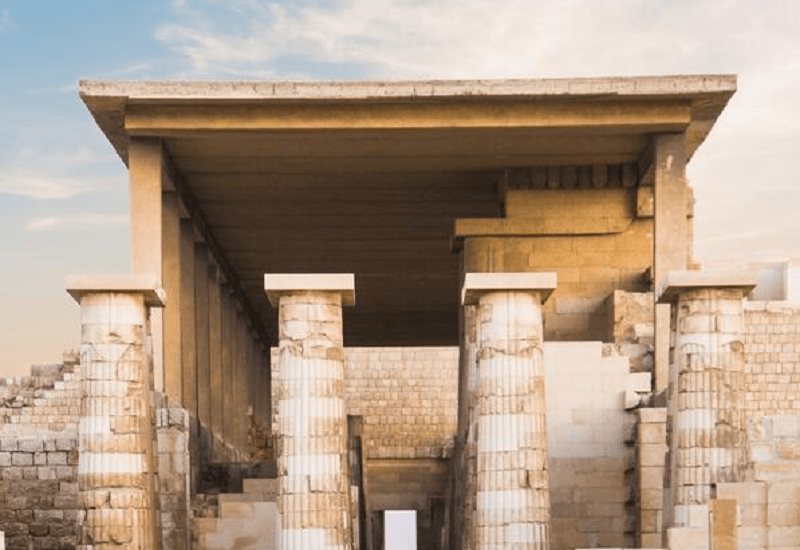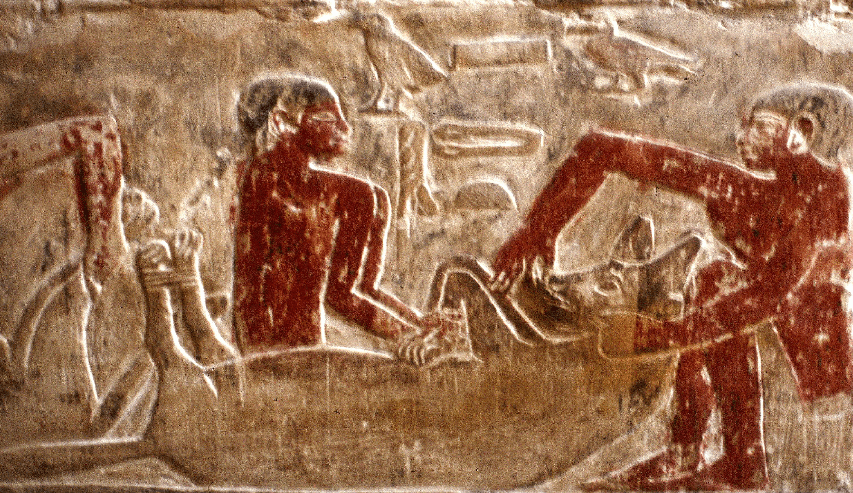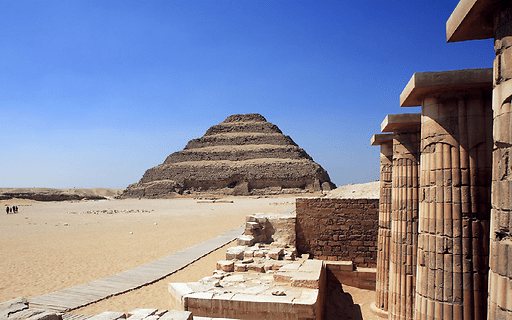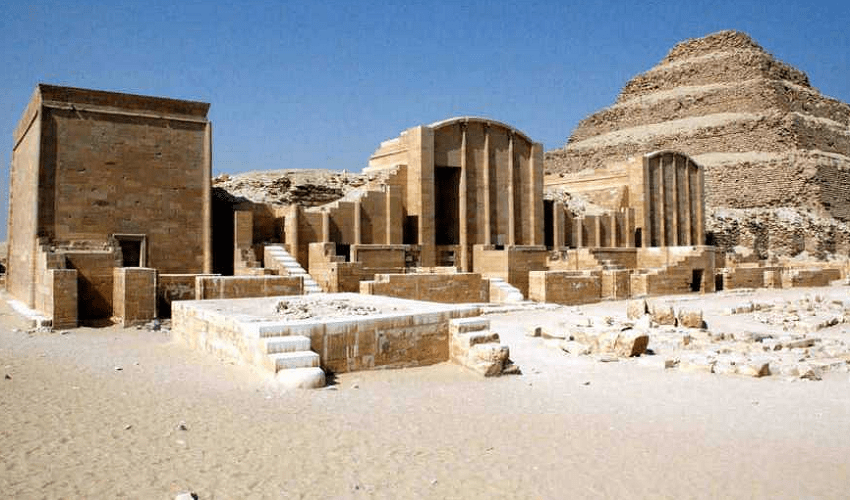- Home
- Egypt Attractions and best things to visit
- Cairo Top Tourist Attractions | Places To Visit In Cairo Egypt
- The Step Pyramid and Saqqara Complex
Saqqara Step Pyramid complex pr king Zoser Complex, it is a big cemetery, what to see there: Oldest Pyramid, The step pyramid, then other pyramids of Userkaf, Teti, Unas and Pepi, Heb sed building, Mereruca mastaba, Kagemni Mastaba, Meho tomb, Ancient Egyptian tombs, Serapium and Imhotep museum.
It needs a very long tour to explore all Saqqara complex, but as most tours inclides it with other sites, usually tourists see the step pyramid, the Heb sed building and one mastaba, in case of visiting it before 11:50 Am you can enter Unas pyramid, but after 11:50 you can enter Teti pyramid, both pyramids are included n the ticket. but there are other extra tickets to enter the step pyramid or the Serapium or the amazing tombs of Mereruca, Meho, the 2 brothers etc
The Step Pyramid and Saqqara Complex
The Step Pyramid of Djoser, located in the Saqqara necropolis, is one of the most significant monuments of ancient Egypt and represents a major advancement in the development of pyramid construction. Built during the 27th century BCE for Pharaoh Djoser, this pyramid is considered the earliest colossal stone building and the first pyramid in Egypt.
Key Features of the Step Pyramid:
1. Design: The Step Pyramid originally began as a traditional mastaba (a flat-roofed, rectangular structure) but evolved into a six-tiered structure rising to about 62 meters (203 feet). Its design marked a significant departure from earlier burial practices.
2. Architecture The pyramid was constructed using limestone and consists of a series of decreasing terraces. This step-like structure was a precursor to the later smooth-sided pyramids.
3. Imhotep: The architect of the Step Pyramid, Imhotep, is often regarded as the first named architect in history. His innovations in design and construction set the stage for future pyramid construction.
4. Complex: The Step Pyramid is part of a larger funerary complex that includes temples, courtyards, and other structures, all designed to honor the pharaoh and serve as a site for rituals. The complex is enclosed by a massive wall, emphasizing its sacred nature.
5. Significance: The Step Pyramid represented a shift in Egyptian funerary practices, moving towards grandiose structures designed to ensure the pharaoh's journey to the afterlife. It laid the groundwork for the development of the later, more iconic pyramids, like those at Giza.
Saqqara Complex:
Saqqara itself is a vast burial ground serving as the necropolis for the ancient capital of Memphis. Besides the Step Pyramid, it features a variety of tombs and structures from different periods of Egyptian history, including:
- Tomb of Ti: An impressive tomb with intricate carvings that depict daily life and religious beliefs.
- Serapeum: A burial site for sacred bulls, showcasing the importance of the Apis bull in ancient Egyptian religion.
The Saqqara complex, with its numerous monuments and burial sites, provides invaluable insight into ancient Egyptian culture, architecture, and beliefs about the afterlife.

